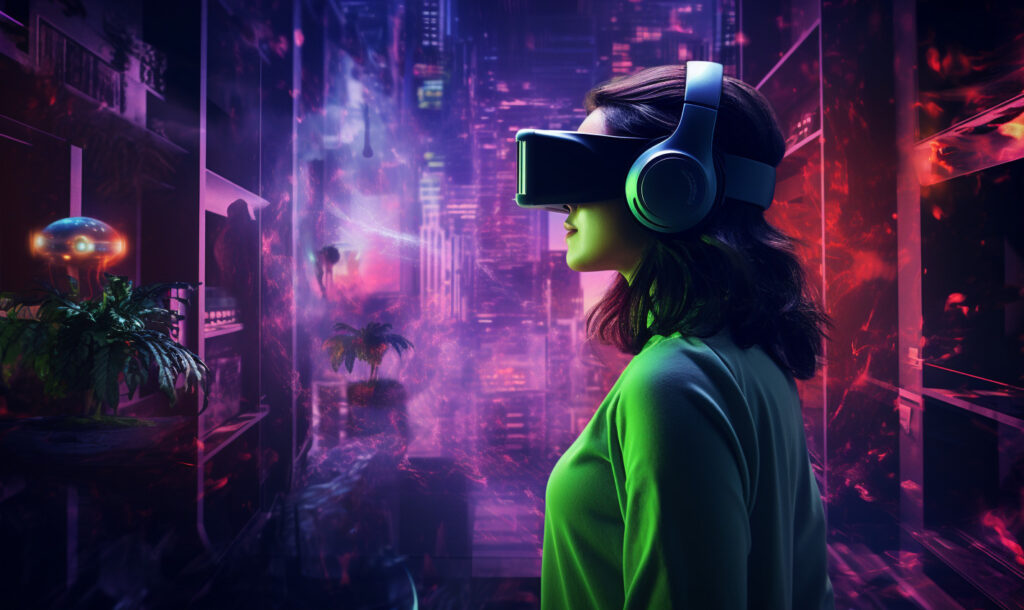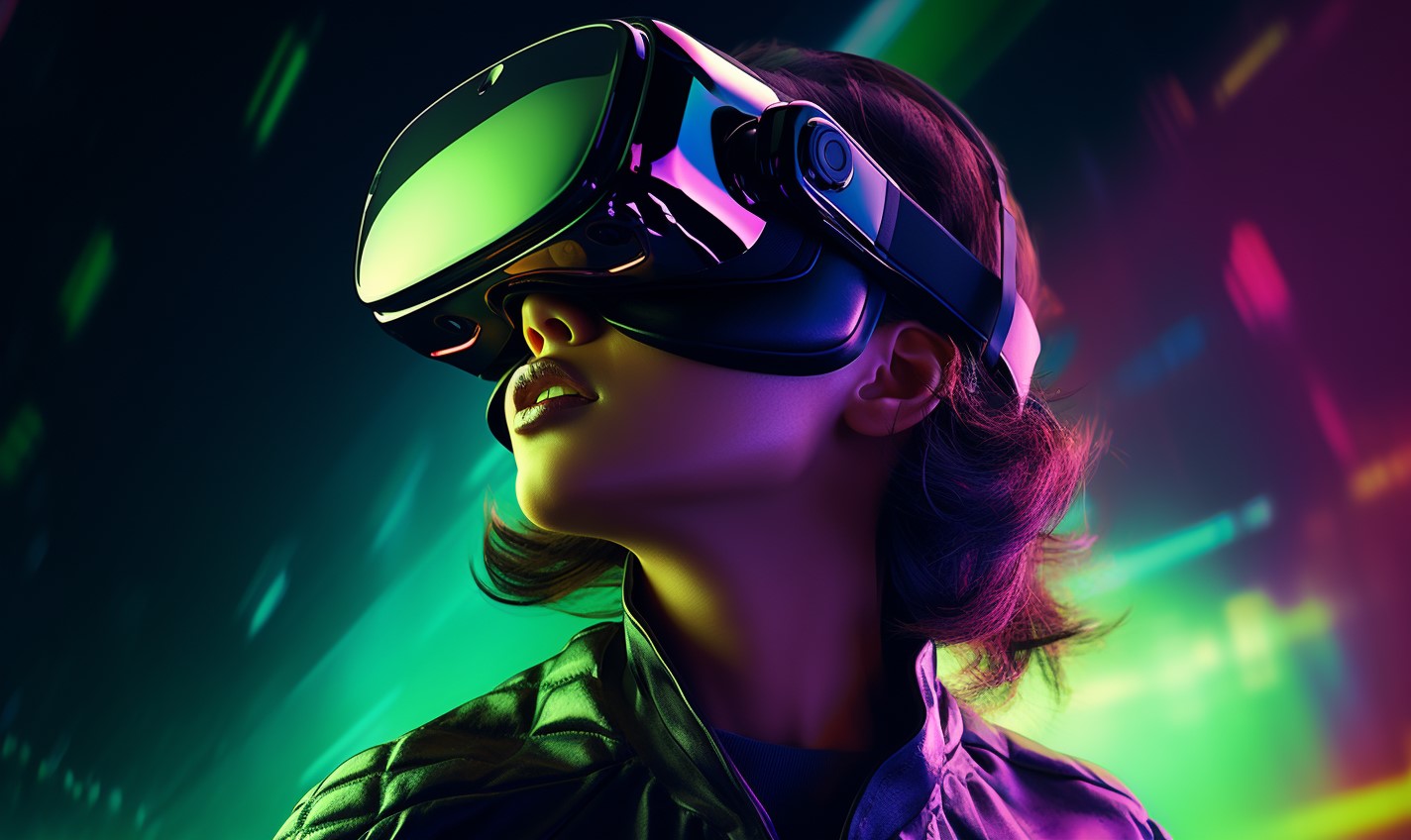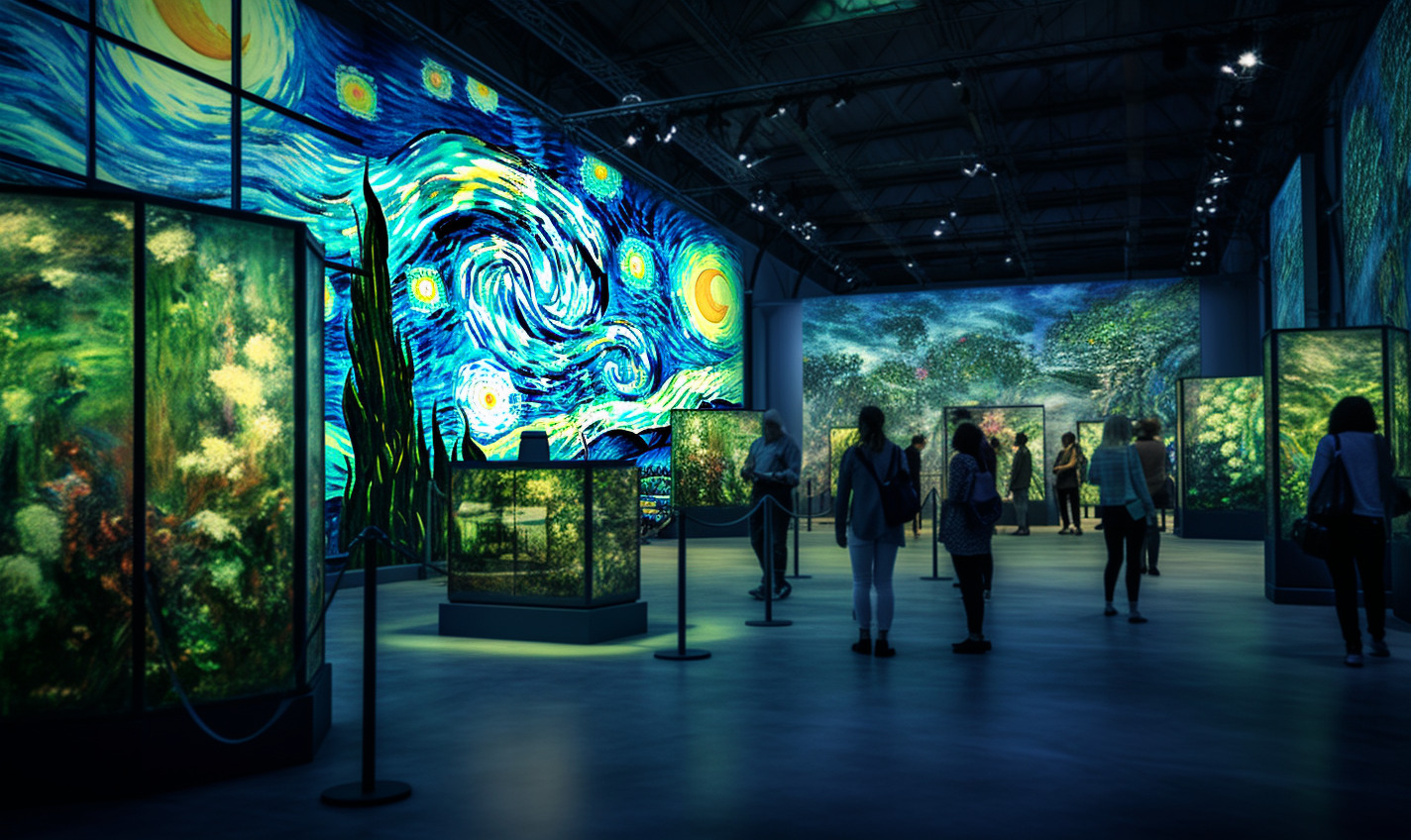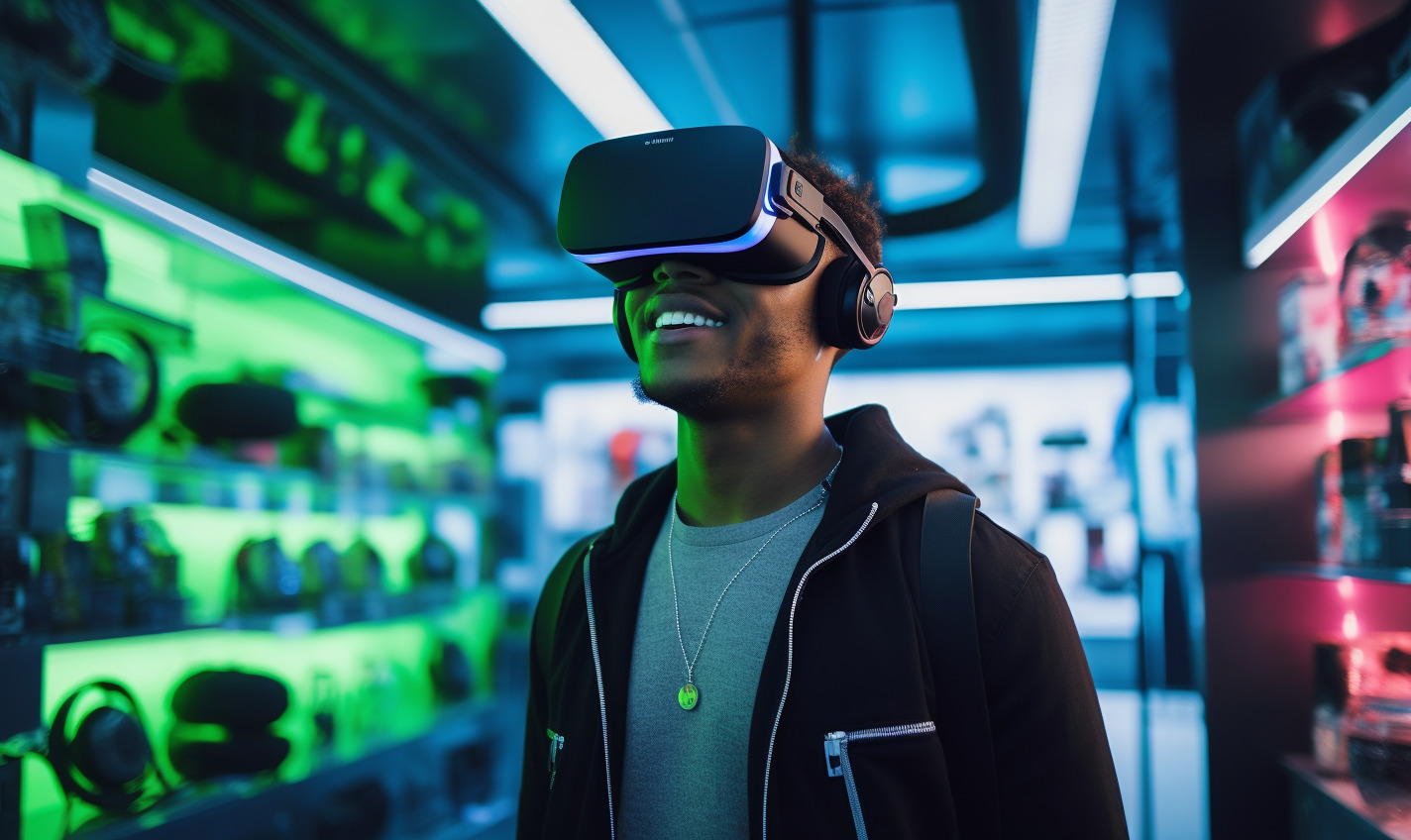Our current technology has taken a lot of cues from science-fiction and turned them into real science. The fictional aspect allows people to have ideas that are as vast as their imagination. Science allows us to figure out how those imaginative ideas are actually possible.
Some of those formerly fictional ideas include virtual and augmented reality. By completely immersing ourselves into a digital environment, we can go even further and do things that are impossible in a world restricted by physics. How the technology works is another question entirely.
What Is Augmented Reality?
Augmented reality or AR is when we put digital objects in our real environment. Virtual reality or VR is when we go to a digital environment, so these are two very different concepts. Typically, we experience AR on a device.
With a camera, we can see the area we’re in. The camera then adds the digital elements like furniture or creatures into the image in real-time, allowing them to act, move and adjust as you move your camera around.
The digital element is added as superimposed information, meaning it goes on top of the image you’re viewing. Along with GPS data, the image is able to act on its own. With AR, we’ve been able to try on digital clothes, showcase furniture in our own living rooms, watch an extinct animal behaving in your yard or many other things.
Types of AR and Devices to Use
There are actually several ways you can use AR. You can view still objects with AR viewers, allowing you to see what looks good before you buy. There are also AR browsers built into the internet. These can view whatever you’re looking at and tell you information about the object overlayed on the image. We can’t forget AR games, though, that allow us to interact with digital elements in the real world.
There are a ton of different AR apps to try out for yourself. There are also a lot more devices to view AR with, from specially made glasses to retinal displays to even contact lenses. Of course, most AR is viewed through a device like a tablet or a smartphone, but there is still better, smaller and more precise technology being released by the day.
How AR Works
The AR process goes through four seemingly simple but exceedingly complicated phases to work. First, the device captures part of the environment it’s meant to view through whatever camera it has available.
Next, the device scans the environment with sensors, GPS, infrared and other means to find a specific point to overly the digital information. Once the point is found, the AR technology searches for the requested information in such a specific form that it’ll fit in the environment perfectly. Lastly, an image appears of the real and digital world merging into one.
A lot of processes goes into technology and software like AR, yet the entire job seems nearly instant considering what kind of device and connection you have. There are a few different approaches that developers and programmers undertake depending on what kind of AR experience they want to create, though. Some will strictly use 3D objects while others take up location tracking. Either way, the creation gets there in the end.
Using AR
AR technology has snuck into our everyday lives by some miracle. From gaming to shopping, using AR and VR is just part of the modern experience. There are still a lot of bugs to work out, a lot of clunky code to deal with, but the results speak for themselves. We live in a world where AR is at the tip of our fingertips. Whatever we have tomorrow will be even greater.
Recent Stories
Follow Us On
Get the latest tech stories and news in seconds!
Sign up for our newsletter below to receive updates about technology trends














